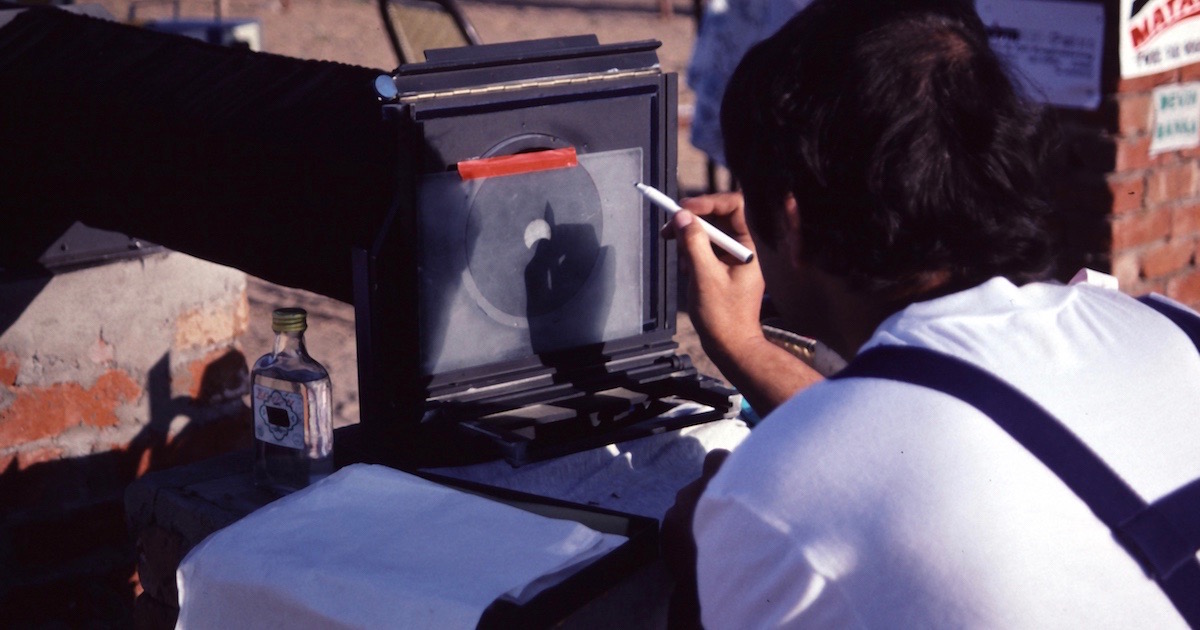 Physics, Earth & Space
Physics, Earth & Space
Eclipse Coincidences


Ask a friend or relative to make a simple drawing that explains a solar eclipse. If he positioned the moon between the earth and the sun, then he probably drew something like the diagram at MrEclipse.com depicting Solar Eclipse Geometry (the image is copyrighted, otherwise we would display it here, but you can see for yourself).
When the moon is directly between the sun and the earth, it blocks the sun’s bright disk (or photosphere), casting a shadow on the earth. Notice in the diagram how the moon’s shadow appears to come to a focus right at earth’s surface; this is called the umbral shadow. Another way of saying the same thing is to note that a straight line drawn from the end of the shadow cone to the limb of the sun will also be tangent to the moon’s limb. By implication, if an observer is at the focus of the shadow cone, he will see the moon just barely blocking the sun. In other words, the angular sizes of the sun and moon match! That’s an interesting coincidence.
Surrounding the umbra, the penumbra (see the diagram) covers a large area on the earth’s surface, wherein observers see only a portion of the sun’s photosphere obscured. This is called a partial solar eclipse, and it isn’t nearly as impressive as the view of a totally eclipsed sun within the umbra. The narrowness of the umbral shadow on the earth’s surface (typically about 100 km) is one reason so few people have seen a total solar eclipse.
The other reason is that total solar eclipses aren’t visible every month. The inclined orbit of the moon relative to earth’s orbit around the sun prevents every new moon from eclipsing the sun. Such alignments occur about every six months.
Since the Apollo 11 astronauts planted retroreflectors on the moon’s surface in 1969, astronomers have been timing laser pulses bounced off them. At a given instant they can measure the distance to the moon to within a few millimeters! Results of thousands of measurements reveal that the moon is receding from earth at 3.8 cm/year. While astronomers already knew that the moon must be receding from earth at about this rate, given lunar tidal theory, the precise value allows us to extrapolate the moon’s motion confidently far into the future.
This slower-than-a-snail’s-pace lunar recession might not seem like much, but it does add up over a long time. After a mere million years the moon will have moved 38 km farther from us. The moon appears largest in relation to the sun (1.06 times bigger) when the moon is at perigee (closest to earth in its orbit) and the earth is at aphelion (farthest from the sun in its orbit). If you perform a simple calculation to determine when this ratio drops below 1.00, you will get an answer near 700 million years. After this time, the moon will no longer be able to produce total solar eclipses.
But this calculation is too simple. It ignores two other factors that shorten the visibility time of total solar eclipses: the increase in the sun’s size due to changes in its interior structure and the gradual change in the shape of the moon’s orbit. When we also take these into account, then we find that total solar eclipses will be visible only for another 250 million years.
This might seem like a long time, but it is only about 5 percent of the age of the solar system. And this brief window happens to be the same time that observers exist on earth. Another coincidence!
Are these just coincidences, or do they point to intention and design? How could observers on earth be linked to total solar eclipses? Stay tuned and follow our eclipse series for answers.
Photo: Research team studies the 1995 total solar eclipse near Neem Ka Thana, India.
